The Retro Modules Framework Facilitates Experimentation & Rapid Iteration in Educational Environments:
- it supports many maker-friendly signals
- it has broad power range support
- it supports both daisy-chainable & tree-style connectivity
- it uses familiar, readily-accessible & inexpensive connectors
- it can speed along build processes by using crimping instead of soldering
- it facilitates feature scope definition exercises
One of the best aspects of the Retro Modules framework is just how easy it is to start making them. Most likely, adopters already have some of the components the framework primarily relies on. The connectors are fairly large, rugged & easy to connect properly. Soldering solder-cup D-Sub connectors is trivial for most. Even crimping a D-Sub IDC connector is a relatively easy thing to learn & perfect. These benefits make Retro Modules an ideal learning framework for all students, including those who are working to perfect their motor skills. Many modular frameworks are designed for early learning. Retro Modules is a framework best suited for students age 8 & up.
Given its broad array of supported signals, the Retro Modules framework facilitates filling gaps makers often have to fill as they test & use hardware provided by many different manufacturers:
- 1-Wire:
- Supports reading of simple things like button presses, identifiers or temperature sensors
- I2C:
- Supports many things like small screens, sensors & port expanders
- SPI:
- Supports many experiments that may require slightly higher bandwidth
- CAN:
- Robotics
- Automotive
- Industrial control systems
- Long-distance low-cost communication
- 1080i Component, 480i S-Video & 480i Composite:
- Low-cost analog SD & HD video experiments
- Retro computing video adapters
- Line-level unbalanced audio support:
- Supports most standard-fare media players, headphones & amplifiers
- Supports analog audio signal generator experiments
- Supports SFX board experiments
- Line-level balanced audio support:
- Allows the same audio-related experiments, but provides cleaner audio signal & provides learning opportunities concerning differential signals & interferance cancellation
- "Va" voltage bus:
- Supports 0-6VDC to reduce the need for voltage regulators for low-voltage modules. This reduces cost, complexity & helps guarantee energy efficiency
- 6VDC max was chosen to support the maximum number of development boards' onboard regulators
- 6VDC max was chosen given the wide availability of 5V nominal USB power supplies
- 6VDC max was chosen given the wide availability of 6V AA & AAA battery packs
- "Vb" voltage bus:
- Supports 0-40VDC to make the most of small contacts & thin conductors when power-hungry modules (such as a soldering iron module or Raspberry Pi module) need to be used
- 40VDC max was chosen given the ease of access to inexpensive regulators with that maximum input voltage
- 40VDC max was chosen as it can be considered generally safe for people to experiment with
- A Raspi typically draws 3A at 5V. With a 40V power supply & a regulator, it will only draw about 375mA. 3x Raspberry Pi's could safely run on one pair of 24AWG wires
- Laptop power supplies, which typically operate at 19VDC, can be quickly adapted to supply power to Retro Modules
- Power tool batteries, which typically have a 21VDC nominal voltage, can be quickly adapted to supply power to Retro Modules
- A solar panel designed for a 12V nominal system typically has a 22V open-circuit voltage & can be made into a Retro Module
- Most cars have a 12VDC nominal voltage & can be quickly adapted to supply power to Retro Modules
- Most golf carts have a 24VDC nominal voltage & can be quickly adapted to supply power to Retro Modules
The Retro Modules framework is environmentally friendly. It encourages up-cycling of old electronics components. The up-cycling process encourages extracting valuable components from old enclosures & increases the likelihood of makers separating specific materials into separate recycling pipelines. Retro Modules also aims to be compatible with other modular frameworks, increasing...
Read more » William
William

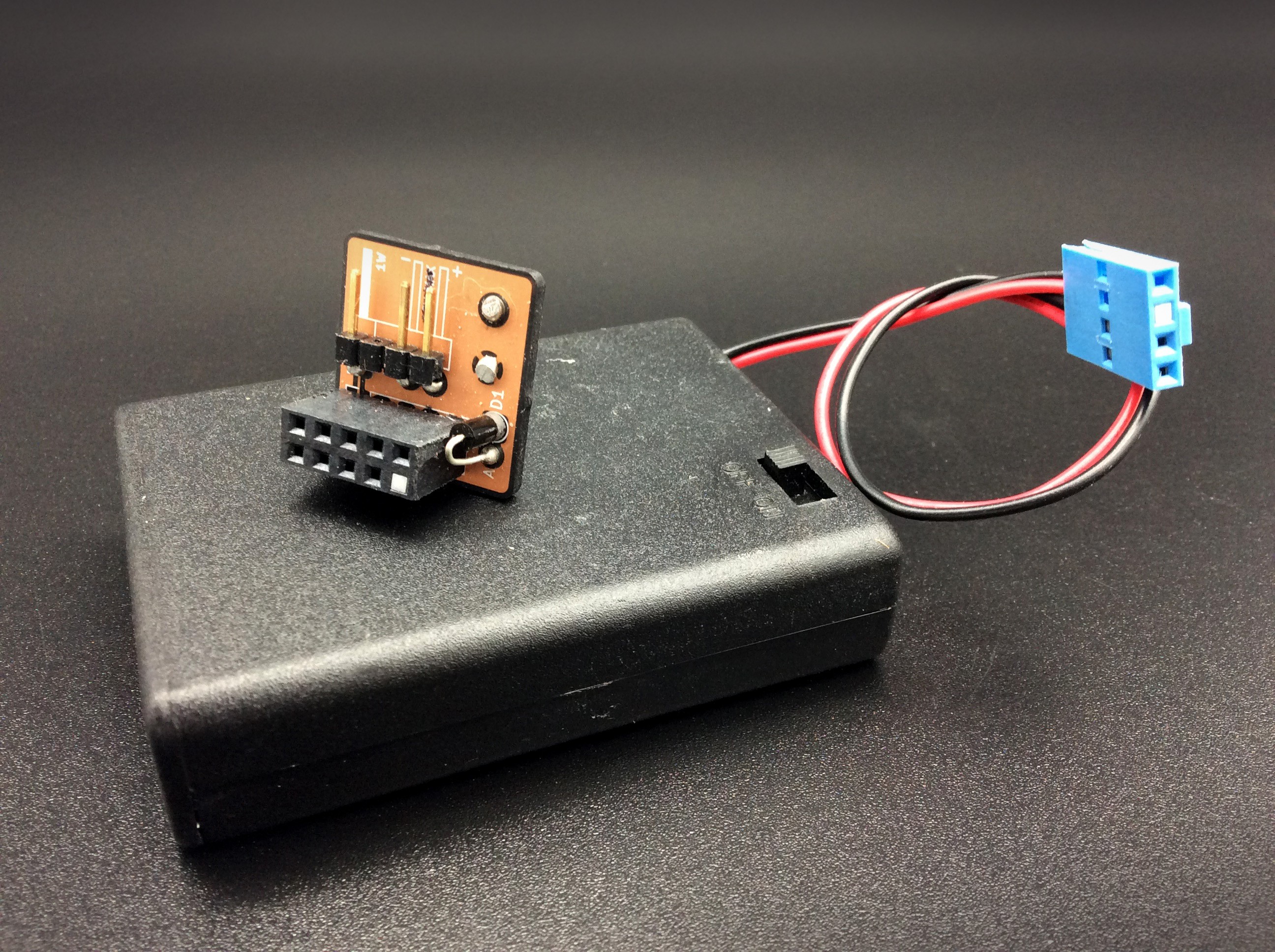
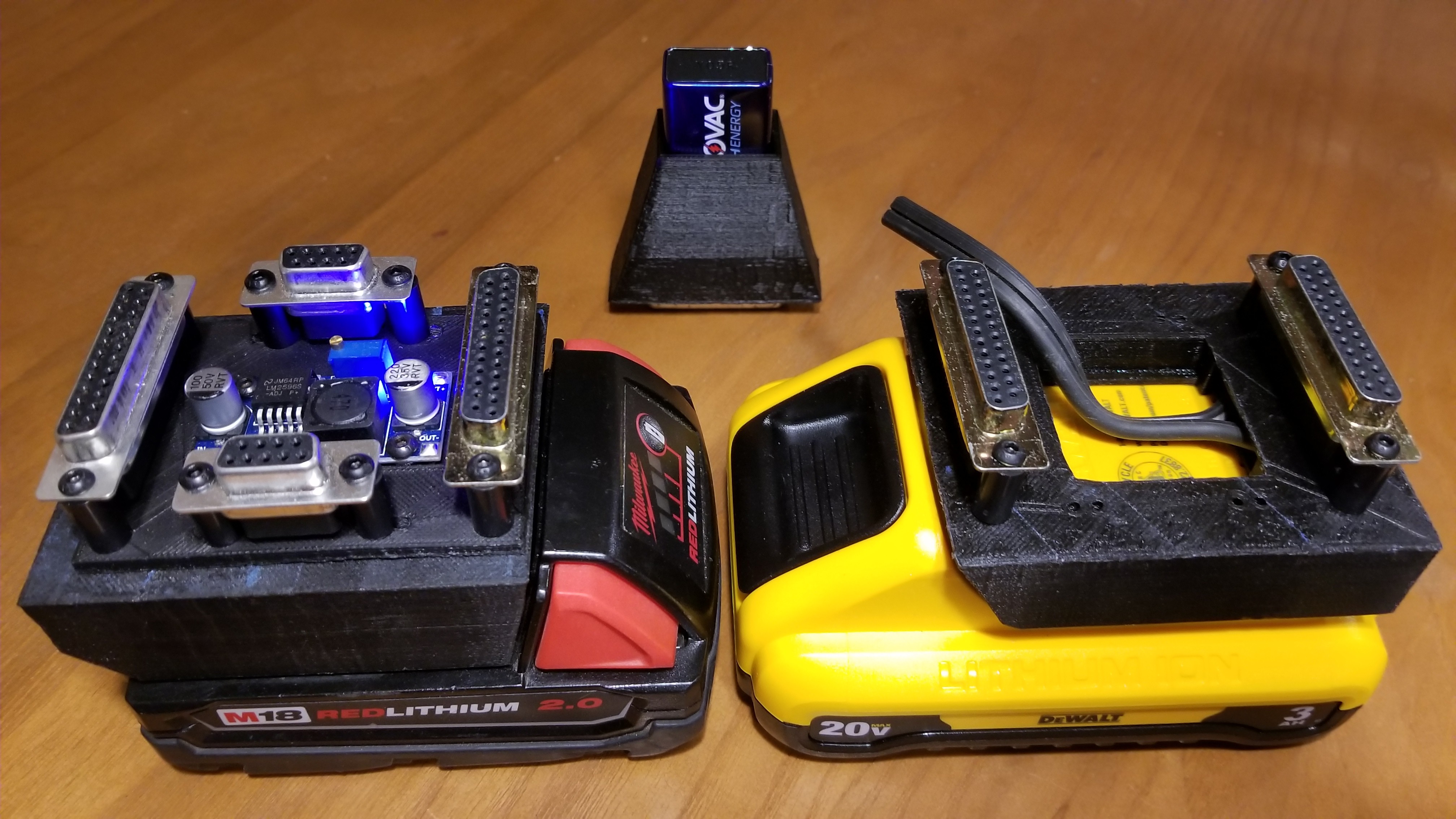
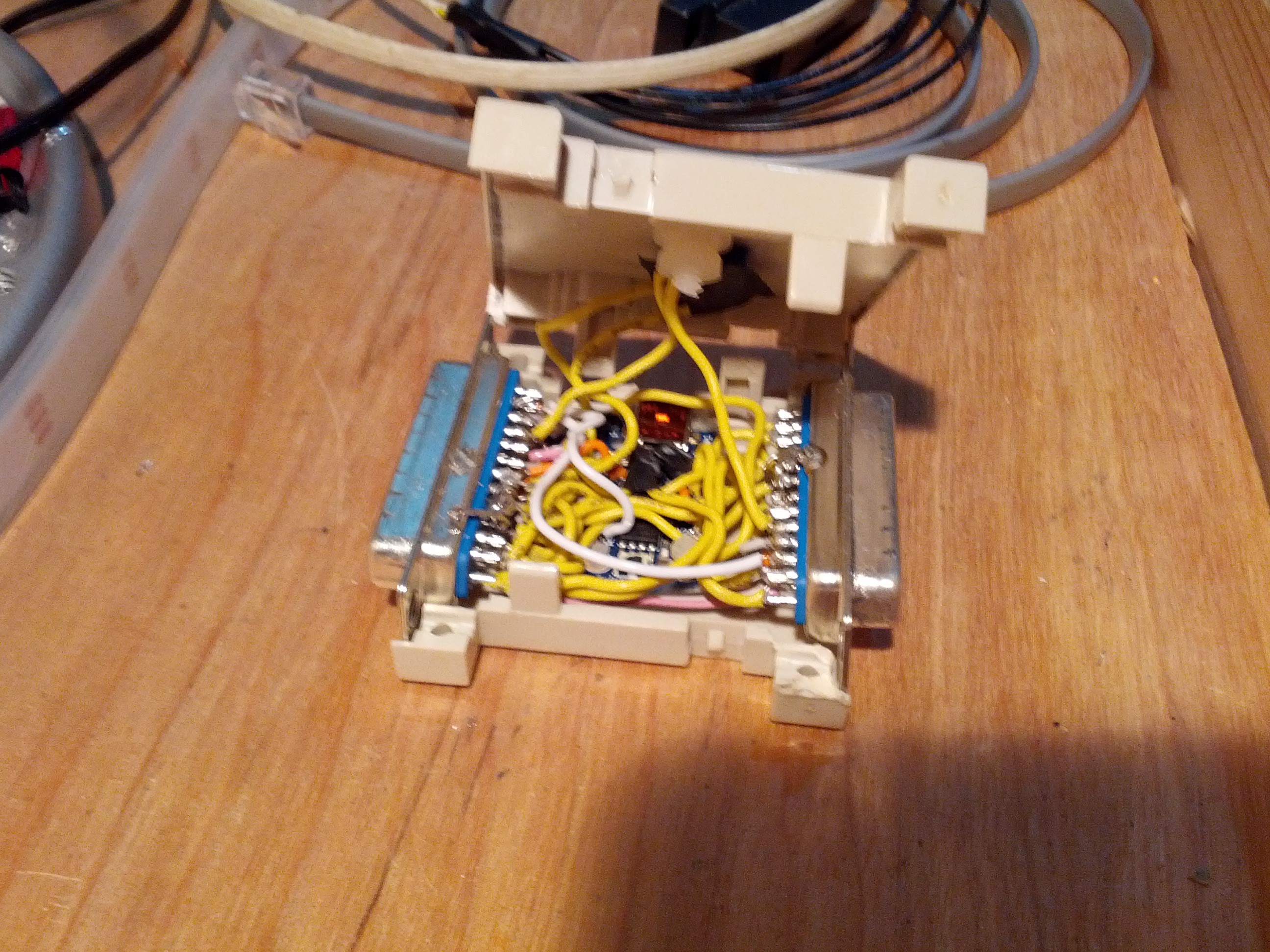
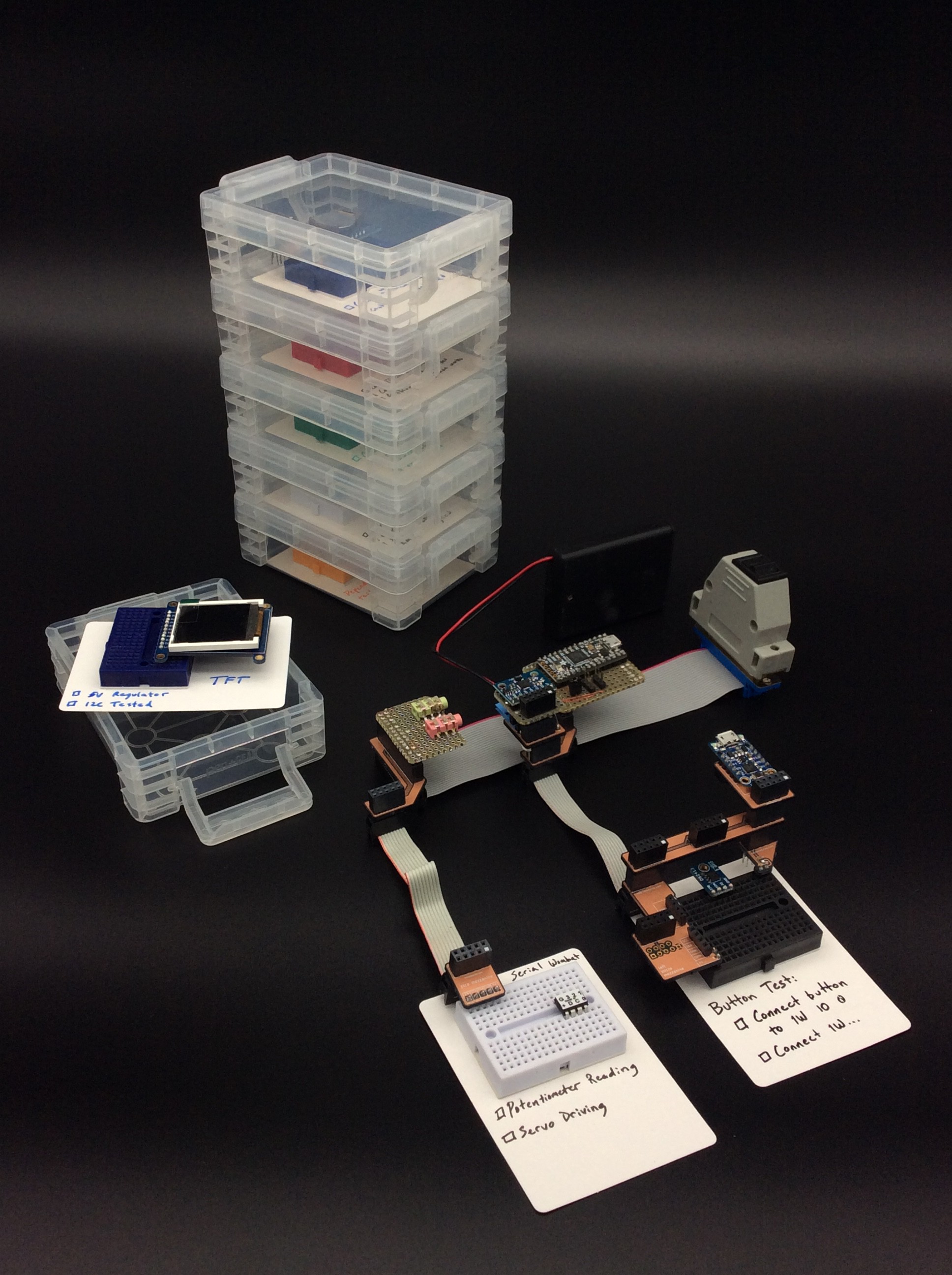
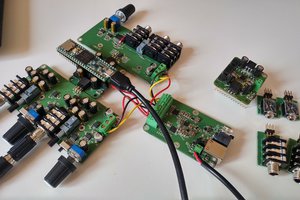
 Michele Perla
Michele Perla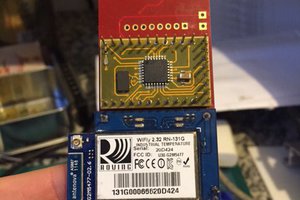
 E. N. Hering
E. N. Hering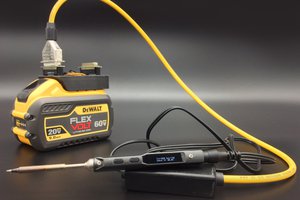
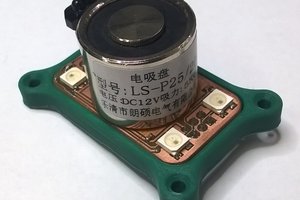
 Mile
Mile